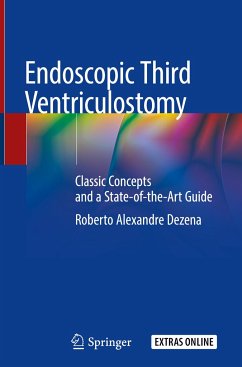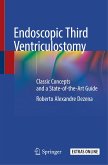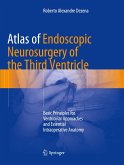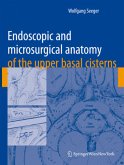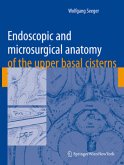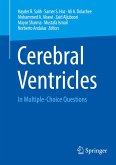Endoscopic third ventriculostomy is the most widely performed neuroendoscopic procedure around the world. Several scientific papers appear in the scientific literature every month, with an increasing number, given the great interest neuroendoscopy has aroused as well as controversies about certain aspects of endoscopic third ventriculostomy. With this reasoning, the goal of this book is to be a reference in the revision of classic concepts and scientifically proven aspects about the indications and techniques of endoscopic third ventriculostomy, as well as new neuroendoscopic tendencies.
The book is structured in 2 parts and into 7 chapters. Part I - Classic Concepts - comprises the first 2 chapters, covering general aspects of neuroendoscopy such as historical notes, endoscopic anatomy and ventricular system physiology. Part II - State-of-the-Art - comprises chapters 3 to 7. From chapters 3 to 6 the book will discuss general principles of endoscopic ventricular technique and the applications of endoscopic third ventriculostomy in different age groups, and its association to choroid plexus coagulation. Chapter 7 deals with alternative ways of communicating the ventricular system with the cisterns of the subarachnoid space. All chapters are richly illustrated with high resolution images; there are links to online access to demonstrative surgical videos.
Designed for neurosurgeons at every level, the book will be unique in the market, as there is no similar book in the current scientific literature that specifically discusses endoscopic third ventriculostomy in its broadest sense.
The book is structured in 2 parts and into 7 chapters. Part I - Classic Concepts - comprises the first 2 chapters, covering general aspects of neuroendoscopy such as historical notes, endoscopic anatomy and ventricular system physiology. Part II - State-of-the-Art - comprises chapters 3 to 7. From chapters 3 to 6 the book will discuss general principles of endoscopic ventricular technique and the applications of endoscopic third ventriculostomy in different age groups, and its association to choroid plexus coagulation. Chapter 7 deals with alternative ways of communicating the ventricular system with the cisterns of the subarachnoid space. All chapters are richly illustrated with high resolution images; there are links to online access to demonstrative surgical videos.
Designed for neurosurgeons at every level, the book will be unique in the market, as there is no similar book in the current scientific literature that specifically discusses endoscopic third ventriculostomy in its broadest sense.

